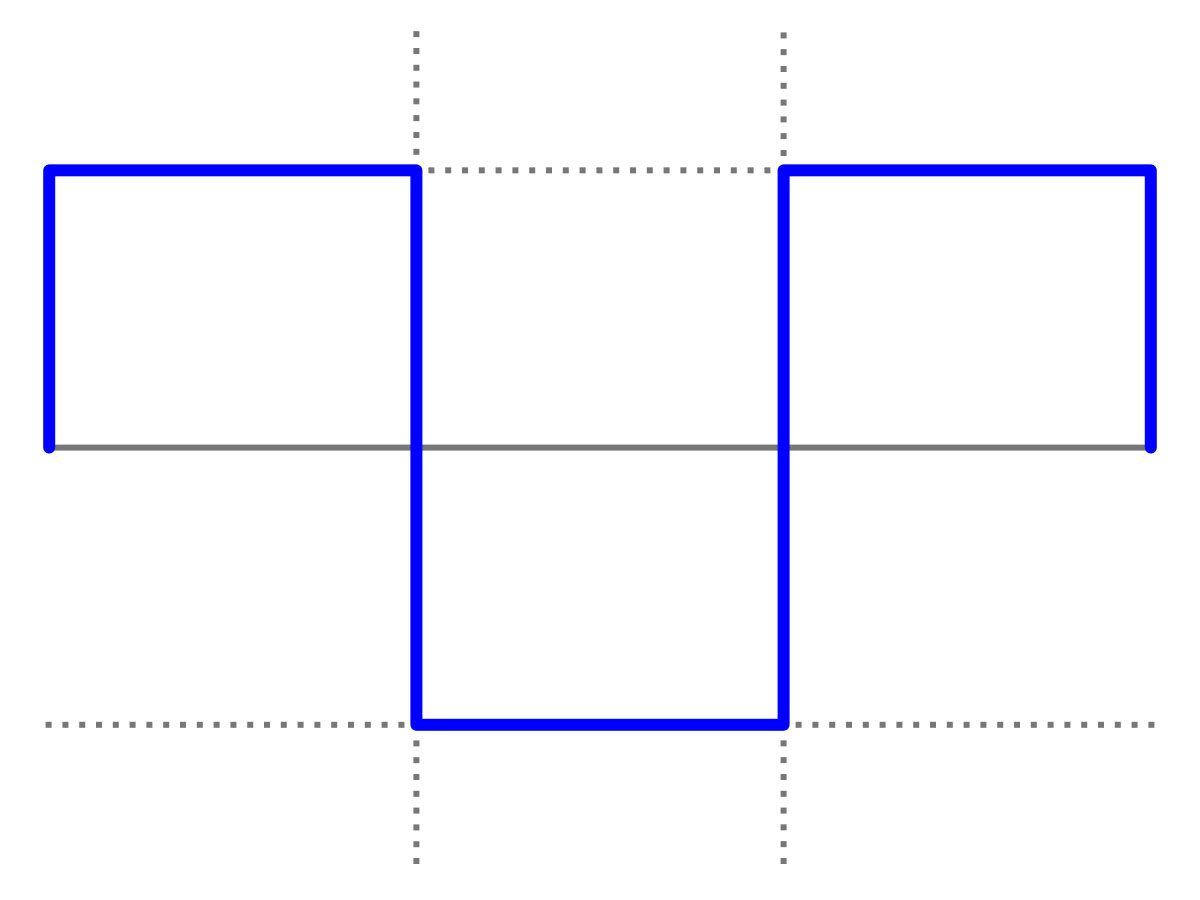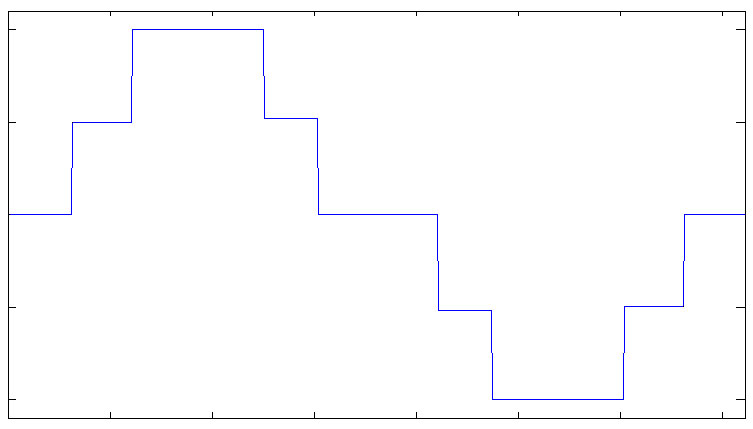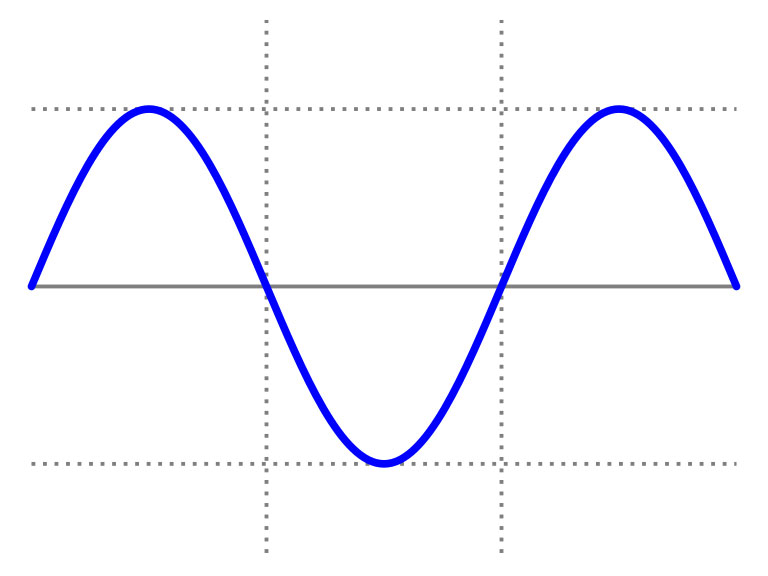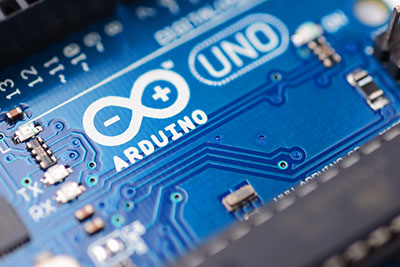For daily users of electricity or electronic devices, the need to have reliable electrical energy is something you must consider. Typically, small electronic gadgets need only limited power than household electronics like a residential fridge or oven. The smaller electronics, a DC, can suffice, but you need a reliable AC to pull up the larger household electronics, where an inverter steps in. This article will further understand what an inverter is and the Working of an Inverter.
Contents
What is an Inverter?
The basic definition is electronic equipment that converts Direct Current voltage to alternating current-voltage usable by our day-to-day household equipment. It typically comes as a compact brick-shaped device with a switch and a cord.
We must first highlight DC and AC voltage differences to understand an inverter clearly. And to achieve this, we will have to give it in the form of an example.
Take, for instance, a small bulb, you can easily power that bulb by connecting the positive and negative ends to the corresponding ends on a battery, and it will light up as the circuit is complete. The flow of electricity in this instance is basically in one direction and hence a Direct Circuit.
If for the identical bulb, you switch the terminals to the battery, in that, you connect the circuit wire to the other airports, the current will be complete, and our simple bulb will light again. Even though it lights up, the direction of the electric current has changed or instead alternated.
Even though the typical inverter doesn't work by switching battery power terminals every time we flick on a switch, it does not follow a specific direction to complete a circuit. So, if we place the same bulb in our nightstand lamp and flick on the switch, all the electrons within the cable will vibrate back and forth within the bulb's filament, generating sufficient voltage that now lights up the bulb.
Typically, we would need a Direct current to an Alternating Current inverter to convert this electrical energy to power that can light the lamp comfortably.
Types of Inverters
According to the type of load or output waveform, there are two main ways to classify inverters.
-
Special Offer: Get $100 off your order!
Enjoy $100 off your order! No hidden fees and no minimum order quantity required.
Email [email protected] to get started!Type of load
Inverters under the type of load are classifiable into two main subcategories,
- single phase
- Three-phase inverters
-
Single Phase Inverters
We classify an inverter as a single-phase if it bears a single-phase load. We can further classify single-phase inverters into two types,
- Half-bridge Inverter
- Full-bridge inverter
Half-bridge Inverter
The main idea behind single-phase inverters are defined by having alternating switches that counterbalance each other. The half-bridge inverter has two buttons connected to two feedback diodes. These, in turn, decide whether the voltage across the load is a positive or negative cycle of output voltage.
Full-bridge Inverter
The full-bridge inverter has four switches and four feedback diodes. When two buttons are on in the full-bridge inverter, two switches are automatically off and ensure balance to the current load of either positive or negative positive half cycle.
-
Three-phase Inverter
The best use case scenario where a three-phase inverter works are industries where generally the load is three-phase. In this type of inverter, we have three switches and six diodes, meaning each pair is a 3 phase output Alternating Current.
Depending on the switch/ thyristors conduction periods, the inverter circuit divides into a 120° or 180° mode.

(Type of inverter with a bridge inverter circuit)
-
Inverter output waveform
We can also bundle types of inverters depending on the output waveform of the inverter. We have three common types that we classify and are
- square wave
- pure sine wave
- modified sine wave
To understand what we mean by waveform, let's go back to our example of the bulb. Switching the current direction on the batteries' terminals back and forth creates an AC. If done to a more sustainable amount, 50‐60 times each passing second, you can easily create a good AC. But that is logically impossible. So for a proper AC, an inverter will convert the direct current to alternating current. If we plot a voltage graph against time, we will understand the different waveforms generated.
-
Square wave Inverter
A square wave inverter is the simplest and cheapest to build, but in reality, has the lowest output power range and usability options. It functions by converting Direct Current to a phase-shift signal, but the output is not a pure AC signal. When plotted on a graph, its waveforms produce square wave output, with a TDH of 45%.
With this type of current, you can easily cause damage to electronic devices.

(Square waveform)
-
Modified Sine Wave Inverter
Also known as the quasi wave inverter, this inverter power generates a waveform signal similar to a sine wave but not as smooth as a sine wave inverter. This inverter generally has a TDH (Total harmonic distortion) of approximately 24%.

(Modified sine waveform)
-
Sine Wave Inverter
Referred to as Pure or True Sine Wave (PSW), this is the most efficient inverter with a TDH of 3%. Its graph offers perfect dome-shaped waveforms that produce the maximum power output. This type of inverter mode is the most reliable for medical equipment, laser printers, grid-tied inverters, and equipment connected to a power grid.

(Sine waveform)
How Does an Inverter Work?
The most basic concept of how an inverter works is to understand its core function of converting Direct Current signals to Alternating current signals. To achieve this, we need to convert stored electrical energy from a DC source like battery power to an alternating voltage.
So, once Direct Current comes through the inverter, we have a series of switches that continuously go on and off, then step up using a transformer. These switches will then alternate the direction of the Direct Current signal to a more sustainable alternating current voltage.

(a residential fridge is an equipment that uses AC)
Inverter Application
Some of the general inverter applications include;
- Uninterruptible power supply
- Standalone inverters
- Solar Power systems
The above are the typical uses of inverters, but that doesn't limit their service to the stated list. They can also power up small household equipment and small car adapters.

(An example of Solar Inverters)
Summary
As we conclude, all that we have discussed from the use, how it works, and types of inverters are all you need to know if you will use inverters in your day-to-day life. The used mechanism ensures that we can use a direct current type of electricity by introducing an inverter.
If you need any help sourcing or maintaining your inverter, we are always available to help you. Feel free to contact us at any time.
Special Offer: Get $100 off your order!
Email [email protected] to get started!







